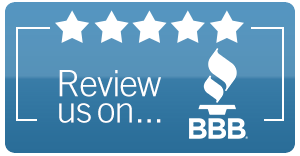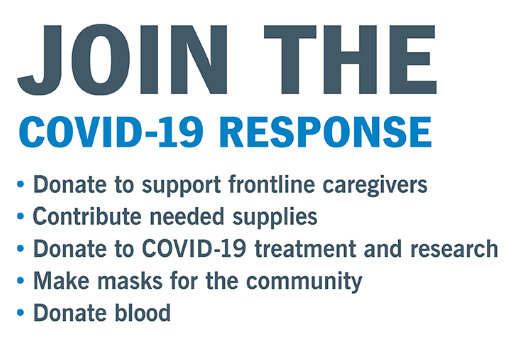- Serving Our NJ Neighbors 24/7 (888) 333-2422
🚰 The Most Frequent Plumbing Issues Homeowners Are Facing in 2025
In 2025, plumbing systems have evolved—but that doesn’t mean they’re problem-free. Homeowners today are dealing with a mix of classic plumbing issues and modern tech-related challenges. Among the top complaints are clogged drains, leaky faucets, and running toilets, which still rank high due to normal wear and tear. However, a growing concern in newer homes is low water pressure caused by aging pipes or sediment buildup, especially in high-efficiency systems. In older homes, corroded or outdated piping remains a significant issue, leading to hidden leaks and costly water damage.
Modern smart homes bring their own plumbing headaches. For example, Wi-Fi-enabled leak detectors, smart faucets, and touchless fixtures can malfunction due to software bugs or connectivity issues, causing inconvenience and unexpected water waste. Water heater failure, both in traditional tank and tankless models, continues to top emergency service calls—especially in homes that skipped annual maintenance. Seasonal problems like frozen or burst pipes during winter and sump pump failures during heavy rain are also surging, particularly in areas with extreme weather fluctuations.
Understanding these common plumbing issues is the first step toward prevention. If you’re dealing with any of these in your home, rest assured—most can be addressed without major disruption, especially when caught early. Whether it’s a smart system glitch or a good old-fashioned clog, knowing what to look for helps you stay ahead of bigger (and more expensive) problems.
🛠️ Simple DIY Fixes for Everyday Plumbing Problems
Fortunately, not every plumbing issue requires a professional. There are plenty of DIY solutions you can apply to save time and money—provided you act early. For slow or clogged drains, start by using a drain snake or a biodegradable enzyme-based cleaner to break down buildup without damaging your pipes. Avoid chemical drain cleaners—they may work short-term but can corrode pipes over time. For leaky faucets, a quick cartridge or washer replacement usually solves the problem, especially with newer single-handle units.
Running toilets—one of the most wasteful issues—are often caused by a worn-out flapper or faulty fill valve. These can be replaced for under $20 and take less than 15 minutes. If you’re dealing with low water pressure, remove and clean the aerators from your faucets first. If that doesn’t help, check for hidden leaks or call a plumber to inspect for sediment or corrosion inside the pipes.
Smart plumbing fixtures, though convenient, can be tricky. For Wi-Fi or app-controlled devices, start with a factory reset or firmware update via the manufacturer’s app. If your smart leak sensor triggers false alarms, check for condensation or nearby electronics that could cause interference. Lastly, always shut off your main water valve before tackling repairs—even if they seem minor. It’s your best protection against accidental flooding.
🧰 When to Call a Pro (and How to Prevent Future Plumbing Problems)
While many plumbing problems start small, they can spiral fast. If you’re seeing water stains on walls or ceilings, suspect a slab leak, or your water bill spikes unexpectedly, it’s time to call a licensed plumber. Water heater leaks, particularly from the tank’s bottom, usually mean it’s time for a replacement—not a repair. Likewise, recurring drain clogs, sewer odors, or slow drainage throughout your home could signal a more serious sewer line or venting issue that requires camera inspection or hydro-jetting.
Preventative care is the key to avoiding costly repairs. Schedule annual plumbing inspections, especially before winter. Ask your plumber to check for corroded pipes, test water pressure, inspect the water heater, and assess sump pump performance. Consider installing whole-house water filtration to reduce sediment buildup and extend the life of your fixtures and appliances. Also, insulate exposed pipes to prevent freezing, and always know where your main water shutoff is located.
As plumbing systems continue to modernize, staying informed about both the mechanical and digital aspects is crucial. By learning to spot early warning signs and investing in routine maintenance, you’ll avoid emergencies, protect your home’s value, and ensure clean, reliable water year-round. Whether you’re a first-time homeowner or a seasoned DIYer, plumbing awareness in 2025 has never been more important.





